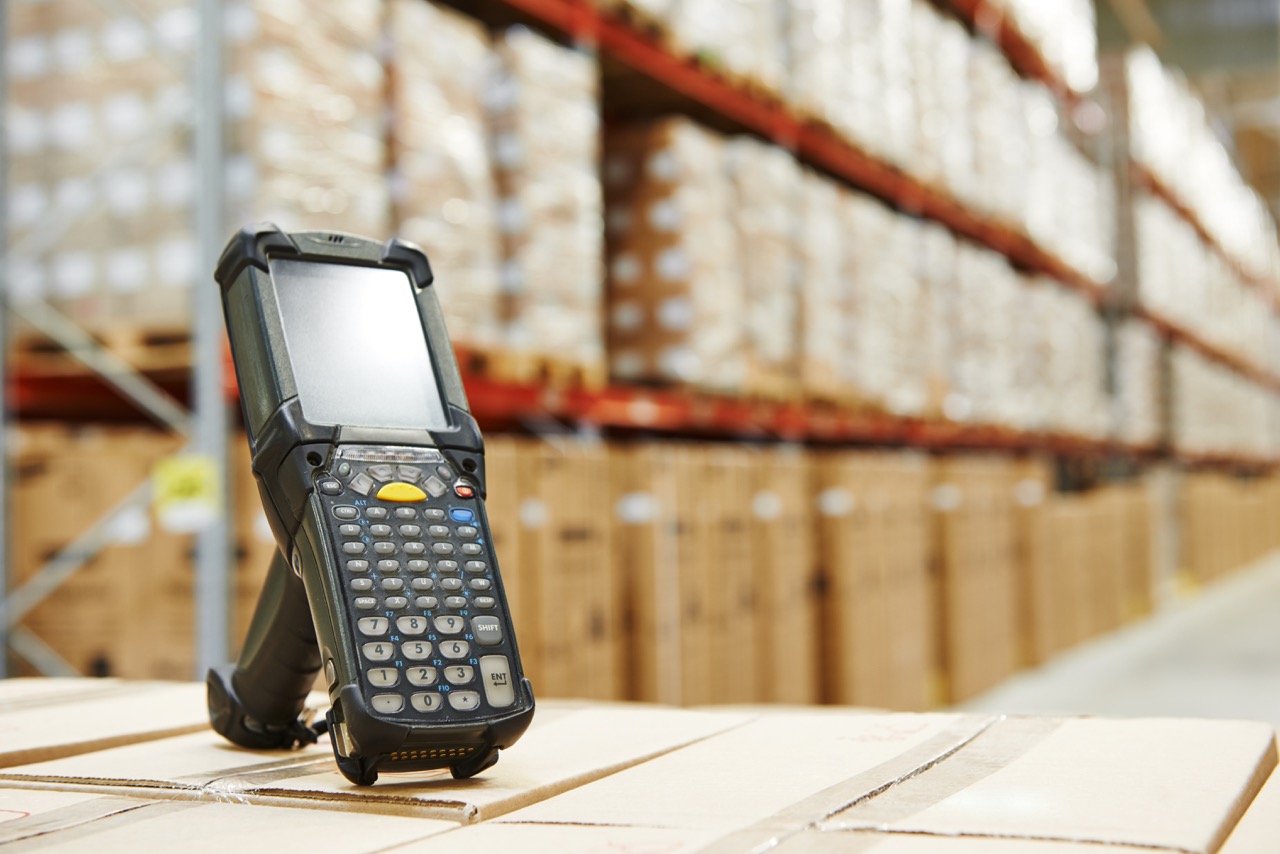February 05, 2022

If you’re on the fence about what type of manufacturing software you should integrate into your business, look no further than the trusty barcode.
Businesses benefit from efficiency and using barcode scanning technology only has a one in 70 million chance of producing an error. Compared to the likelihood of error when data is manually keyed into a system by a human (one in 100), you can see why Scan-N-Track tech is a popular choice.
What is Scan-N-Track
In short, Scan-N-Track is a quick response app that can be used not only to track the status of inventory, but to streamline employee information, and quality control processes, and allow scannable access to certain areas of your business. Like any ERP for manufacturers, including SyteLine, the goal is to eliminate human error, provide ease of use, and streamline the steps it takes to source, produce, distribute, and sell a product.
Different Types of Barcodes
There are numerous different types of barcodes, but they all perform the task of linking data together. Scan-N-Track technology closes the gap between manufacturers, distributors, and consumers via a linear, 2D style, QR code. Businesses and consumers can appreciate the encryption offered by barcodes, as well as the ease of use.
Types of Barcodes
Code 39
This barcode is one of the original and most popular formats used today. The Code 39 technology was introduced in 1974, and while it’s known for being comprehensive in how it can be used, the code can take up a lot of physical space on a product label.
Code 128
The 1980s produced a more compact version of a barcode to offer an alternative to Code 39. Code 128 can be readily customized for length and can be recognized by the “quiet zones” or blank spaces that bookend the data.
Interleaved 2 of 5 (I 2 of 5)
A numbers-only barcode, I 2 of 5 was invented in 1972 and has mostly been replaced by the more customizable Code 128.
Universal Product Codes (UPC)
If you’ve ever bought anything in your life, then you know about UPCs. This barcode was invented for use in grocery stores and is now widespread in the retail space. The numbers on a UPC are generated by the Global Standards Organization.
International Article Number (EAN)
If you sell media, you’re familiar with EANs. These are the barcodes specific to this industry, and they’re created for books, DVDs, software, and CDs by R.R. Bowker.
PDF417
2D barcodes look and function differently than all the aforementioned codes. Instead of just lines of binary code, one like PDF417 may appear pixelated. You might see this on government-issued IDs, or employee ID cards. This type of barcode is one of the largest, and it can include links to a variety of information when scanned.
Data Matrix
Square 2D codes are known as a Data Matrix, and they rival the QR code in popularity. Instead of using a traditional scanner to read information, this code requires smartphone-style tech for data retrieval.
The Resurgence of the QR Code
In the last couple of years, the QR code has had one of the biggest comebacks when it comes to barcode technology. More often than not, today’s smartphones have the built-in tech to scan QR codes without downloading any apps; the functionality is there when users open up their camera applications. With just a wave of their phone over the QR code, users can get easy, touchless access to whatever a company has linked.
While you may be familiar with QR codes and how convenient they are, you may not know that they can have both static and dynamic applications.
- Static QR Codes - The link destination for the QR code will always be the same.
- Dynamic QR Codes - The link destination for the QR code can be modified (taking the user to a different landing page)
Uses for QR Codes
Inventory Tracking
QR codes can store more information than old-school barcodes, which means they can include shipping information and data linked to every vendor in the supply chain. One quick scan can provide a broad look at where the item has been, and where it’s going. ERP software such as SyteLine can also help with tracking every step of the process and is a good choice for mixed-mode manufacturers.
Marketing Efforts
Everything from store signage to business cards can have QR codes on them. Some businesses still use tangible mailers to reach potential clients, and they can have the best of the paper and digital worlds when they use QR codes.
A QR code printed on a mailer or a business card can allow the user to access additional information or a call-to-action online. Another popular use of the QR code is linking to a map; this gives your customers convenient access to directions, whether it’s for your brick-and-mortar, or for an event you’re hosting.
Do you know anyone who actively clips physical coupons and stashes them in their wallet or purse? Linking coupons to a QR code is a more efficient marketing tactic that can streamline how you offer discounts to your clients.
Ease of Access
If you’ve been to a restaurant recently, you may have been asked to use your smartphone to access the menu. No, this doesn’t mean that, as a guest, you have to do a web search for the restaurant and its offerings. Hosts and servers are often directing diners to use their phones to scan a QR code that pulls up the current menu. In an effort to reduce waste and contact between patrons and employees, the QR code offers a convenient solution.
For questions about implementing Scan-N-Track tech, or ERP software such as SyteLine, turn to the experts at Guide Technologies.
